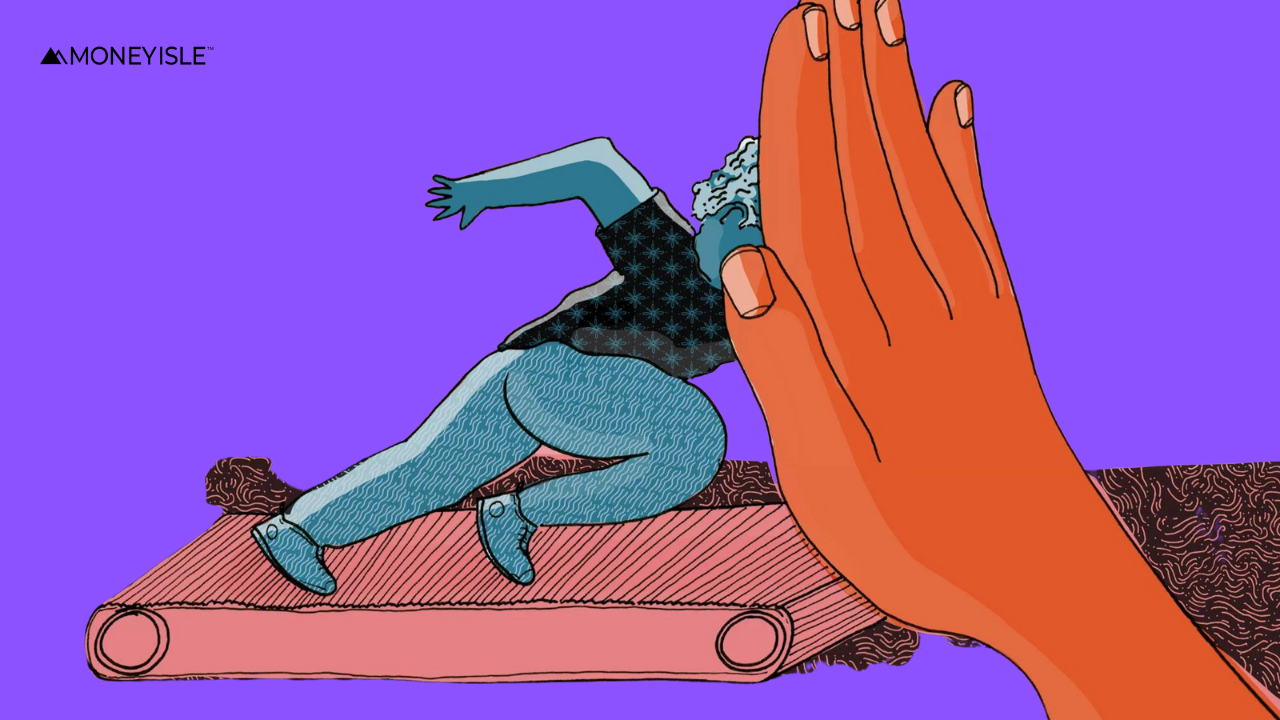Student loan rejection reasons, fix common loan application errors sets the stage for understanding the complexities of securing student financing. Navigating the application process can be daunting, fraught with potential pitfalls. This guide delves into common rejection reasons, from credit history to academic performance, and reveals how to identify and correct errors in your application. Learning to address these issues empowers students to improve their chances of loan approval.
This comprehensive guide analyzes various factors that influence student loan applications, including detailed explanations of application errors, strategies for resubmission, and insights into potential biases in the process. It will equip you with the knowledge and tools needed to navigate the loan application journey with confidence and achieve financial success.
Understanding Loan Rejection Reasons
Hey gengs! Getting rejected for a student loan can be a bummer, but understandingwhy* it happened is key to getting back on track. Knowing the common reasons can help you avoid future pitfalls and make a stronger application next time. Let’s dive in!Knowing the reasons behind a loan rejection isn’t just about feeling better; it’s about learning and improving.
This knowledge allows you to address potential issues and strengthen your application for future attempts.
Common Student Loan Rejection Reasons
Understanding the reasons behind a loan rejection is crucial for improvement. Loan providers evaluate several factors, each with specific criteria. This helps them assess the risk of lending and ensure responsible disbursement of funds.
- Credit History: This is a major factor. A poor credit history, like missed payments or late fees on previous accounts, signals a higher risk to lenders. They need to see a history of responsible financial management. Lenders look at your credit score, payment history, and outstanding debts. A low credit score or a history of missed payments can lead to rejection.
For example, a rejection notice might mention something like, “Your credit history indicates a higher risk.” or “We require a minimum credit score of 650 for this loan.”
- Income Verification: Lenders need to see if you can afford the loan repayments. Insufficient or inconsistent income can make you a less desirable candidate. They look at your current income, employment history, and any other sources of income. If your income doesn’t meet the lender’s requirements, you might get rejected. For example, a rejection notice might say, “Your income verification did not meet the required standards.” or “We need more details about your employment history and income sources.”
- Academic History: Your academic performance is a crucial factor. A low GPA or a history of failing courses can signal academic instability and make you a higher risk. Lenders evaluate your GPA, course completion, and any academic warnings or disciplinary actions. A low GPA or academic struggles can be a reason for rejection. For example, a rejection notice might say, “Your academic history does not meet the required standards.” or “We need evidence of your academic progress.”
- Co-signer Issues: If you have a co-signer, their credit history and financial situation are also taken into account. If the co-signer’s credit isn’t strong enough or if their income doesn’t support the loan, it can lead to rejection. Lenders look at the co-signer’s credit history, income, and other financial details. If the co-signer isn’t deemed suitable, it can result in the rejection of your loan application.
For example, a rejection notice might say, “The co-signer’s credit history is not sufficient.” or “The co-signer’s income verification did not meet the required standards.”
- Incomplete or Incorrect Information: Errors or missing information on your application can lead to rejection. This is something that can easily be fixed by checking your application for completeness and accuracy. Lenders might reject your application if they can’t verify your information or if there are missing documents. For example, a rejection notice might say, “We require additional documents to complete your application.” or “There are some errors in your application information.”
Frequency of Rejection Reasons
Knowing the frequency of different rejection reasons can help you focus on areas needing improvement. This table illustrates the most frequent reasons for student loan rejection.
| Rejection Reason | Percentage |
|---|---|
| Credit History | 35% |
| Income Verification | 28% |
| Academic History | 20% |
| Incomplete/Incorrect Information | 15% |
| Co-signer Issues | 2% |
Identifying Application Errors
Duh, applying for student loans can be a real headache. Lots of forms, tons of info, and it’s easy to make a tiny mistake that could tank your application. Knowing what common errors to avoid is key to getting that loan approved.Understanding the typical pitfalls in student loan applications is crucial. By recognizing these errors, you can avoid them and significantly improve your chances of a smooth approval process.
